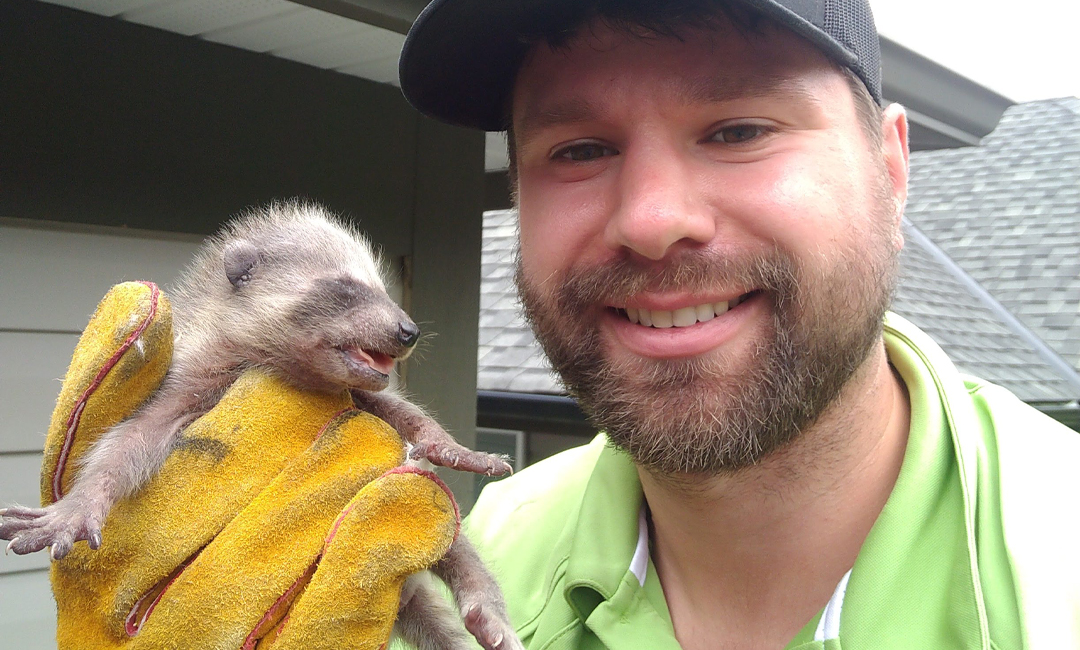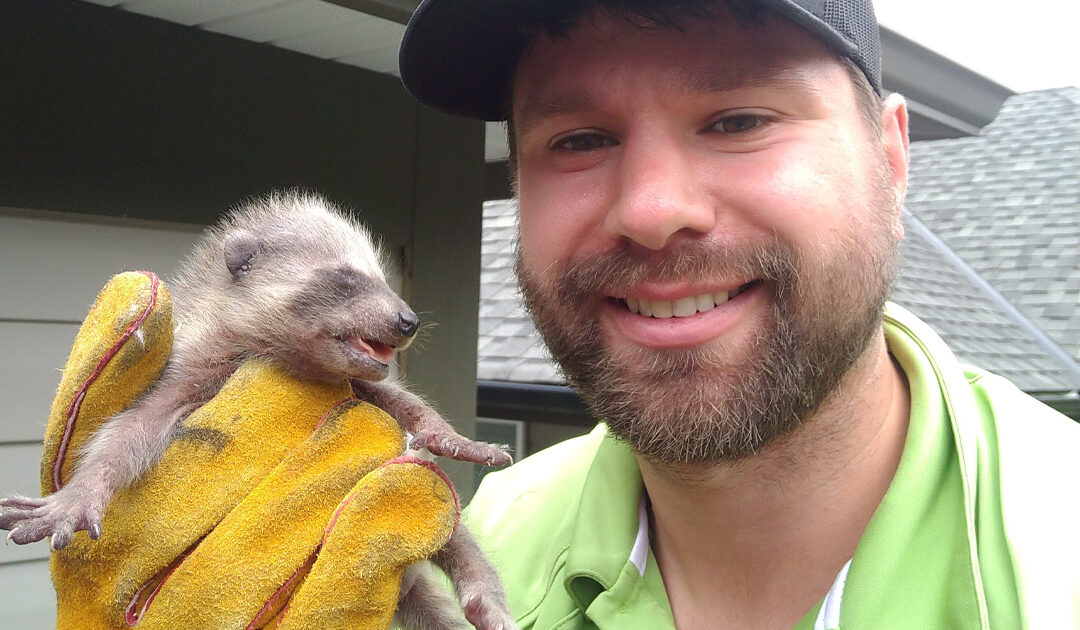Raccoons are interesting, but there is more value in learning about them than merely adding to your general fund of knowledge. Knowing more about raccoons and their behaviour helps you understand how to get rid of raccoons, or prevent them from getting in initially. Here are some facts about raccoons that you may not know but definitely should.
1. Raccoons Are Nocturnal
It is rare to see a raccoon during the day because this is typically the time that they are sleeping. Raccoons are most active at night, meaning that you may not see or hear them, but you may find evidence of their activities in the form of knocked-over trash cans or damage to the exterior of your home.
From a raccoon’s point of view, this is a great arrangement. You use the house during the day when the raccoons are sleeping, and when you go to bed at night, they get the run of the place. They don’t understand the trouble they are causing you by their presence.
2. Raccoons Have Special Paws
Just as humans have five fingers on each hand, raccoons have five toes on each paw. Raccoons do not have opposable thumbs, but their paws are very nimble, allowing them to grip and manipulate objects with great dexterity. Raccoon paws are very sensitive, with abundant nerve endings that allow them to identify an object that they are holding by touch. This is helpful when they are searching for food in the water along a muddy riverbank. Raccoons have tough skin on their paws, but the water softens it so they can get a better feel of what they are holding.
3. Raccoons Are Very Intelligent
Raccoons may bear some resemblance to a dog, but their intelligence is actually much closer to that of a monkey. Raccoons are so smart that they have the ability to apply critical thinking to challenges that they face as they try to make their way in the world. Because raccoons are so intelligent, scientists tried using them as lab animals for a while. It didn’t work because the raccoons were so willful.
The combination of intelligence and tenacity is one of the reasons that raccoons can cause so much destruction and damage around your home. When they find your household garbage, they use systematic problem-solving capabilities until they either get what they want or decide that the effort is not worth it. This is the reason that you need wildlife-proof trash cans when you put out your garbage.
4. Raccoons Can Adapt To Almost Any Environment
A raccoon’s natural habitat is a wooded area near the water. As cities started growing outwards and new developments went up, many of these areas disappeared. While some raccoons left to find a new home, others stayed and learned to live alongside humans. Many have adapted to live in urban environments and now prefer them to their natural habitat. The lifespan of a raccoon is up to 20 years in captivity. It is shorter in the wild, where one of the leading causes of raccoon death is getting hit by a car.
5. Raccoons Don’t Mate For Life
Raccoon mating season occurs in late winter. During this time, male raccoons try to mate with multiple females. The males don’t stick around to help raise the offspring. However, female raccoons are great mothers that look for warm dens for their babies that are safe from predators. Human houses often fit the bill.
Skedaddle Humane Wildlife Removal in Coquitlam includes raccoon services. We remove the babies by hand and put them in a heated box outside. The mother has more than one den site where she will take the babies after we permanently seal off the entry points. We then clean up after the raccoons to prevent disease. Learn more about the services we offer in your area.




